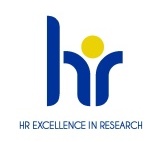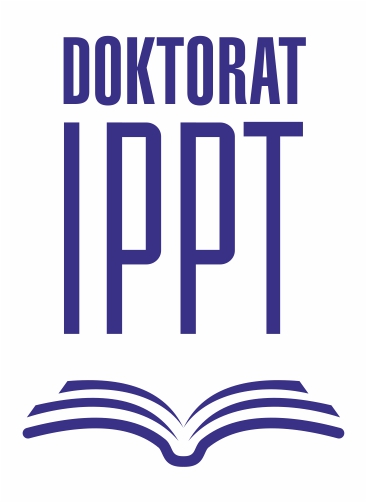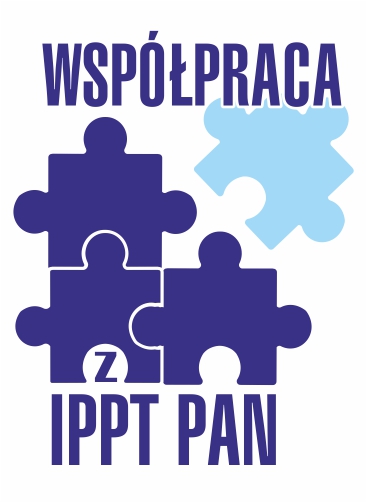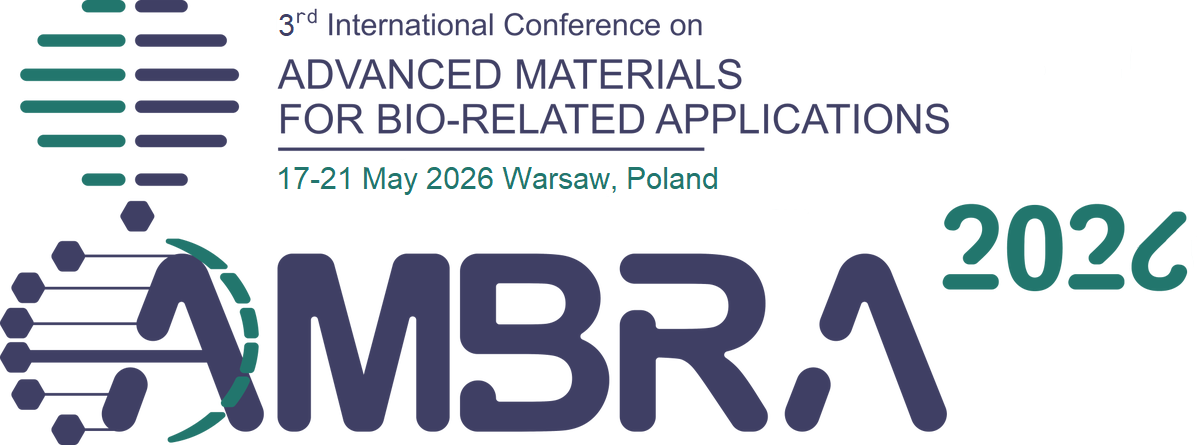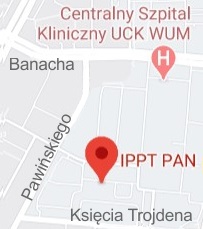| 1. |
Paleczek A.♦, Grochala J.♦, Grochala D.♦, Pręgowska A., Osial M., Oyeleke R.♦, Pihut M.♦, Loster J.♦, Rydosz A.♦, The exhaled breath pattern as a potential method for biometrics identification,
Scientific Reports, ISSN: 2045-2322, DOI: 10.1038/s41598-025-19463-z, Vol.15, pp.35656-35656, 2025 Streszczenie:
Conventional biometric identification methods relying on Personally Identifiable Information (PII) pose significant challenges concerning privacy and security. Volatile organic compounds (VOCs) in exhaled breath are unique to individuals and can serve as biomarkers for various diseases, making them a promising tool for both bioidentification and clinical diagnostics. This research investigates the feasibility of utilizing VOCs in exhaled breath as biometric identifiers, employing machine learning algorithms for analysis. Additionally, the research investigates the use of VOCs as non-invasive indicators of health status, specifically for estimating BMI and gender. The study involved 94 participants with an average age of 67 years and an average BMI of 28 kg/m². Exhaled breath samples were collected using a portable electronic nose (e-nose) device, which analyzed the VOCs. Machine learning algorithms were applied to the data to assess the feasibility of identifying individuals and estimating BMI and gender based on VOC patterns. The results indicated that VOC patterns could reliably estimate BMI and gender, and potentially distinguish between individuals, suggesting VOCs as a viable tool for bioidentification. The application of machine learning to VOC data showed promise in non-invasive identification and diagnostics. VOCs in exhaled breath offer a novel, non-invasive method for biometric identification and health monitoring. This approach could overcome the limitations of traditional PII, providing a new avenue for personalized medicine. Further research is needed to enhance the accuracy and applicability of this method in diverse populations. Słowa kluczowe:
Exhaled breath pattern, Breath analysis, Volatile organic compounds, Algorithms, Artificial intelligence, Biometrics Afiliacje autorów:
| Paleczek A. | - | inna afiliacja | | Grochala J. | - | inna afiliacja | | Grochala D. | - | inna afiliacja | | Pręgowska A. | - | IPPT PAN | | Osial M. | - | IPPT PAN | | Oyeleke R. | - | inna afiliacja | | Pihut M. | - | inna afiliacja | | Loster J. | - | inna afiliacja | | Rydosz A. | - | inna afiliacja |
|  | 140p. |
| 2. |
Rydosz A.♦, Pręgowska A., Osial M., Diabetes Changes Your Lifestyle, But it Does not Change You,
Frontiers for Young Minds, ISSN: 2296-6846, DOI: 10.3389/frym.2022.819497, Vol.10, No.819497, pp.1-7, 2022 Streszczenie:
Recently, there has been a lot of talk about diabetes in children. Have you ever wondered what diabetes is and where it comes from? Diabetes is a disease with a long history. It causes a high sugar level in the blood, which is dangerous for many organs including the heart and kidneys. Diabetes also damages blood vessels and the nervous system. Unfortunately, diabetes is often detected by accident during tests for other diseases or by standard blood tests performed during a check-up. The earliest symptoms of diabetes that a person might notice include increased hunger and thirst, tiredness, or frequent urination. If you experience these symptoms, do not take them lightly—have a doctor check your blood sugar level. Afiliacje autorów:
| Rydosz A. | - | inna afiliacja | | Pręgowska A. | - | IPPT PAN | | Osial M. | - | IPPT PAN |
|  |





